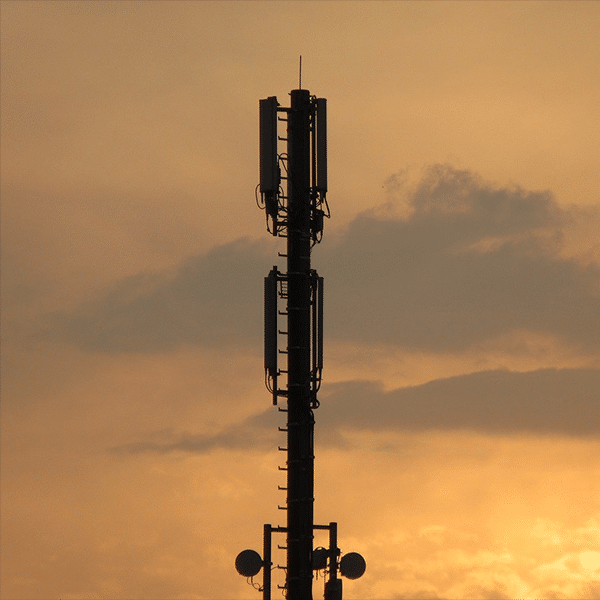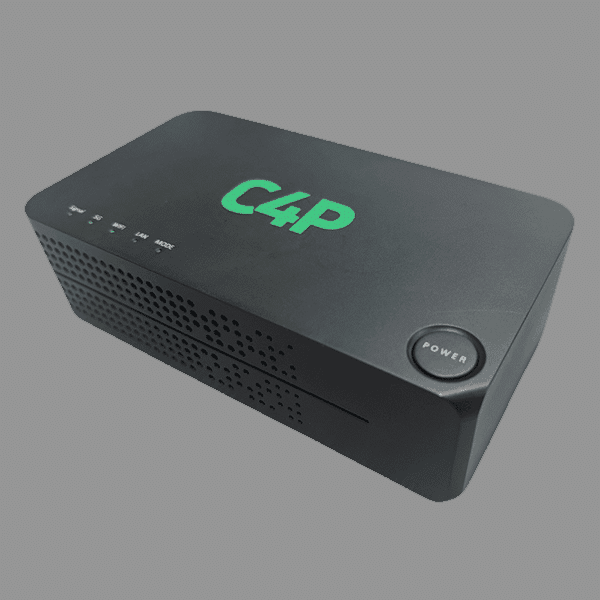Ericsson said today that it achieved 5G speeds exceeding 1 Gbps using CBRS spectrum indoors. The demonstration occurred on a standalone 5G network at an Ericsson facility in Texas.
The network was multi-operator, neutral-host compatible.
In the demonstration, the company also achieved seamless mobility between indoor and outdoor connectivity. Indoor connectivity was based on the Ericsson Radio Dot 4459 and outdoor connectivity was based on Ericsson’s Radio 4408.
Importantly, Ericsson used the entire 150 MHz of the CBRS band for the demo. About half the band is dedicated to unlicensed use, while the other half is licensed. Network operators can use spectrum licensed to other parties in areas where the licensee is not using the spectrum – a capability that relies on spectrum management capability built into network devices.
1 Gbps CBRS
The CBRS band is mid-band spectrum, which is viewed as supporting the optimum mixture of speed and coverage for 5G. Mid-band spectrum supports higher data rates in comparison with lower-frequency spectrum but does not provide equivalent range.
In addition, communications in the mid-band do not penetrate walls as well as communications in lower-frequency bands, do, but that could be what made it possible for Ericsson to use the entire CBRS band in its demo.
The company did not immediately respond to an inquiry from Telecompetitor asking how likely it would be for a network operator to be able to use the entire CBRS band inside a building. But it’s worth noting that the CBRS band increasingly is being used on a licensed and unlicensed basis to support private wireless networks, many of which are installed in indoor environments.
Private wireless networks use the same 5G or LTE technology that is used in commercial wireless networks but are for the exclusive use of a single company such as a brokerage firm or a manufacturer.
Private wireless networks supporting 1 Gbps speeds would seem to have considerable value for companies such as those, as 1 Gbps speeds match those available over fiber broadband connections.
Another potential application for high-speed indoor CBRS capability is to support neutral host deployments, as Ericsson notes in today’s press release.
Neutral host networks can be used by multiple network operators and could be viewed as the indoor equivalent of cell towers.
The major holders of CBRS licenses are the nation’s largest wireless service providers and perhaps they will see neutral host operators as a cost-saving alternative to deploying their own in-building CBRS equipment, potentially enabling the neutral host to use the whole band to maximize speeds. The downside is that the license holder would be making more of the spectrum available for its competitors to use (via the neutral host).
It’s probably too soon to predict what will happen there, but it’s certainly an interesting area to keep an eye on.



